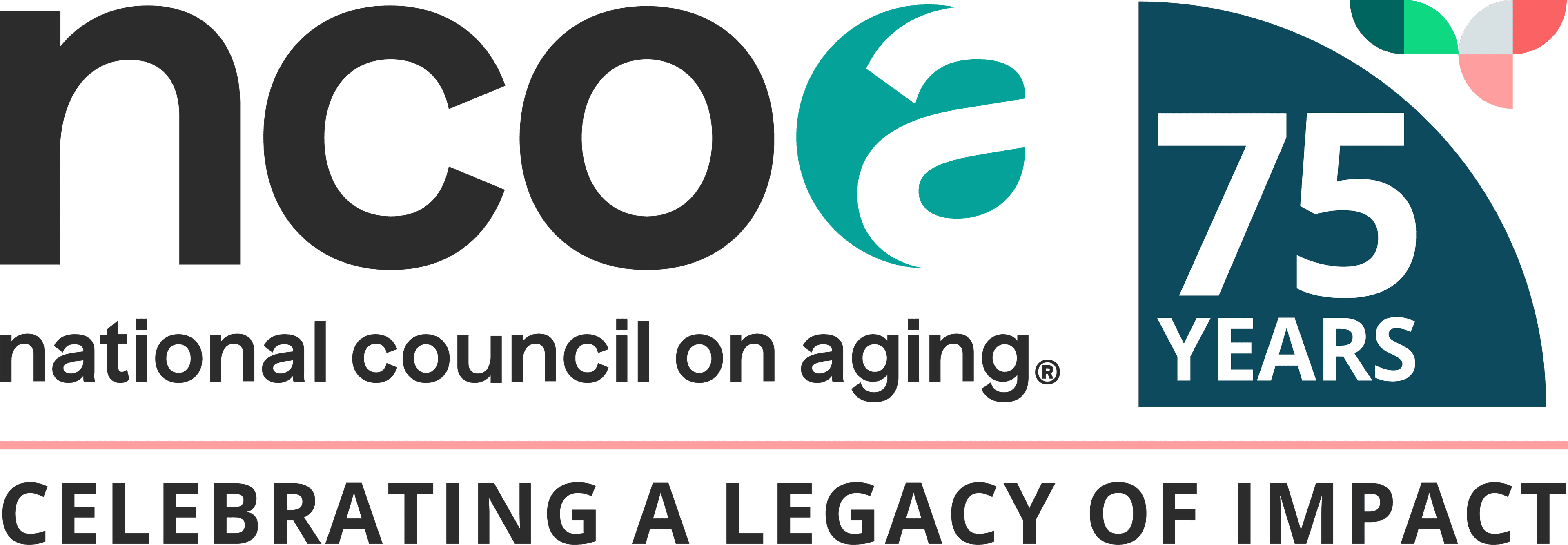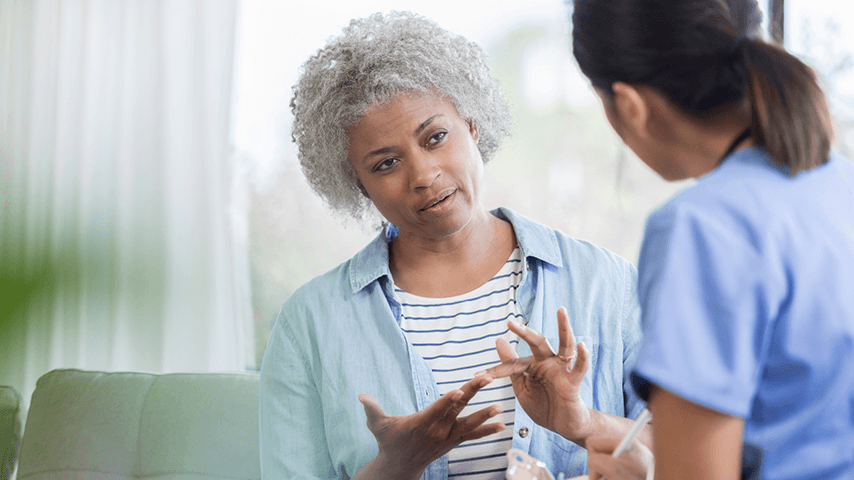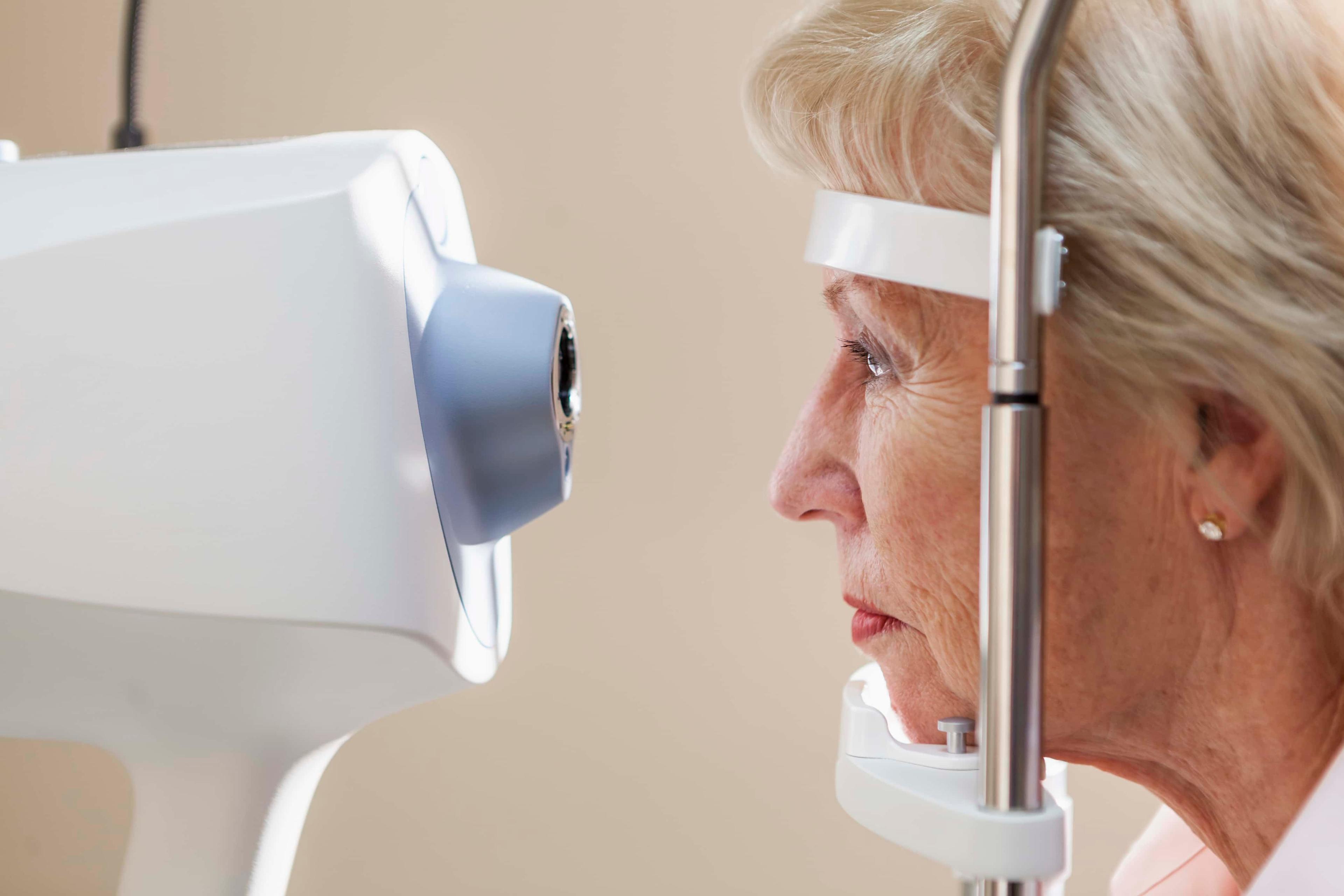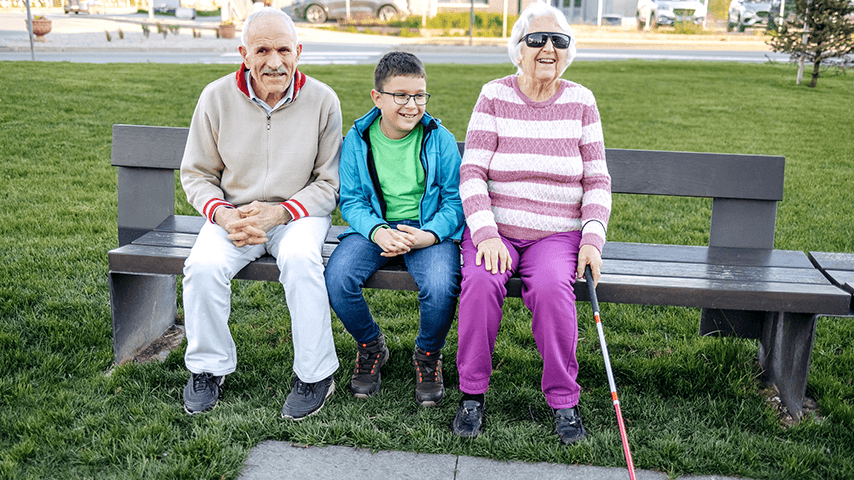How to Help Adults with Vision Loss Stay Fully Engaged with Life
5 min read

Older adults who experience significant sight loss later in life may face the daunting challenge of adapting their daily lives to continue living safely, confidently, and independently.
You can connect clients wtih vision rehabilitation services, which are invaluable to those experiencing blindness and low vision. These services allow them to maintain or regain a broad range of essential daily living skills.
How does vision rehabilitation help?
Many agencies providing vision rehabilitation training and support use a holistic approach that not only enables clients to complete a range of daily living activities and skills but also addresses their participation in hobbies, social, and community-based activities that help them thrive. People living with vision loss should continue to focus on what they can do, learn the techniques that allow them to live independently, and build the confidence to advocate for themselves.
Who could benefit from vision rehabilitation?
Almost 20 million adults in the US are living with visual impairments or blindness, which is one of the leading causes of loss of independence among people age 65 and older.1 The most common causes of age-related blindness and low vision include macular degeneration, glaucoma, cataracts, and diabetic retinopathy.
According to the Big Data Project Reports, adults age 65+ with blindness and low vision also experience the adverse effects of chronic health conditions, including diabetes, stroke, heart attack, and hearing impairment. Older adults with vision loss experience almost double the rate of anxiety and depression (when compared to peers without vision loss). Loss of independence and mobility, fear of becoming a burden, and the sudden inability to perform routine daily tasks can lead to feelings of helplessness, which often result in isolation, inactivity, and a lack of interest in the very pursuits that once brought joy.
Social engagement and participation in favorite pastimes are often replaced by uncertainty, anxiety, or fear of injury.
Staying active and engaged is essential for maintaining health, happiness, safety, and independence in adults with vision loss.
Your clients’ ability to advocate for themselves—to feel confident enough to know when to say “yes” (whether to a new pursuit or a cherished familiar pastime)—is key to maintaining a positive outlook, emotional and physical health, and the best possible quality of life.
How people with blindness and low vision can stay connected
Thanks to increased public awareness, improved accessibility, and rapidly advancing assistive technology (including emerging AI apps and tools), people living with blindness and low vision can remain connected with family and friends, continue many of the hobbies and activities they enjoyed before vision loss, and explore new ones.
A wide variety of activities remain accessible and enjoyable for adults with vision loss. These include large-print and braille playing cards, board games, and books available in audio or braille formats. Adaptive tools make it possible to continue hobbies such as knitting, sculpting, painting, gardening, and cooking. Many older adults also find joy in listening to music or playing an instrument.
Physical activities are also widely accessible, with options such as adapted workouts, weight training, yoga, swimming, and dancing. Specialized clubs offer unique experiences such as tandem cycling, guided running, and birdwatching by sound. For those who love to travel, guided tours specifically designed for individuals with visual impairments are available for US and international travel.
Across the country, a vast network of organizations, community centers, and social groups exists to support and engage adults of all interests and levels of visual ability.
From "you can't" to "let's figure out a way"
As professionals who support this dynamic and diverse group, we are in a unique position to help them transition from the voice in their head that says, “You cannot do that because you cannot see,” to “Let’s figure out a way to do that!” By connecting clients with a local vision rehabilitation agency and other community-based services and resources, you can help them develop new skills, enhance self-advocacy, and reclaim the joys of life.
Resources, guides, and groups for virtually every hobby, interest, and enthusiasm exist, providing vital opportunities for engagement and discovery, both online and in person.
Many agencies also offer support groups to share unique experiences and challenges, as well as local resources for adults living with vision loss. Access a list of vision rehabilitation agencies to make a client referral, and encourage clients to visit Time to Be Bold to find local Vision Rehabilitation services and other resources. People living with vision loss can call the APH hotline to receive support and practical coping strategies for everyday tasks, join remote discussion and support groups, and access free online resources at the APH Connect Center and VisionAware.
With your help, people experiencing vision loss can have fulfilling, safe, and independent lives.
Sources
1. Georgetown University Health Policy Institute. Visual Impairments. Found on the internet at https://hpi.georgetown.edu/visual/



